Budapest Castle Hill Funicular
Built in 1870 at the bridge that connected Buda and Pest, this spectacular incline railway was almost lost forever during World War II.
At the bottom of Castle Hill is the Széchenyi Chain Bridge, Hungary’s first permanent structure to cross the Danube River. It opened in 1849, and the solid span of wrought iron and stone connected Buda and Pest, the two sides of the capital city.
At the top of the hill, rising over 300 feet at an almost 40-degree incline, is Buda Castle—with no easy way, at the time, to get there from the bridge. That changed 21 years later with the opening of the Budavári Sikló, Europe’s second funicular railway. For the next 70-odd years the stepped cars took passengers up and down the equivalent of 30 flights of stairs. Those trips ended during World War II, when the line was destroyed during the bombing of Budapest.
Funiculars, also called incline or cable railways, go back hundreds of years. They use a fairly simple pulley system, harnessing the cars’ own counterweight to scoot up and down steep grades like Castle Hill. Without the Budavári Sikló to handle the job, access to Buda Castle meant taking the circuitous route of an autobus. Or worse, walking.
Luckily pieces of the funicular had been salvaged after the bombing. It took a long time, but in 1986 the little-railway-that-could reopened along its original track, with most of its original design. It’s now operated by Budapest Public Transport, serving both head-down commuters and eyes-up tourists. The panoramic views of the Danube and west side of the city are unparalleled, and in 1987 the entire Buda Castle District, including the Budavári Sikló, was added to the list of UNESCO World Heritage Sites.
Know Before You Go
The Funicular near the historic Chain Bridge across the Danube. The lower station is on Clark Ádám tér next to the Tunnel, and the upper station is between the Castle and the Sándor-Palace. It's open every day from 07.30 am to 10 pm, and the cars run every 5 to 10 minutes. The fare is HUF 4,000 (about US$10) return trip for adults, with reduced fare of HUF 2,000 (about US$5) for kids and students 3-18, under 3 are free.

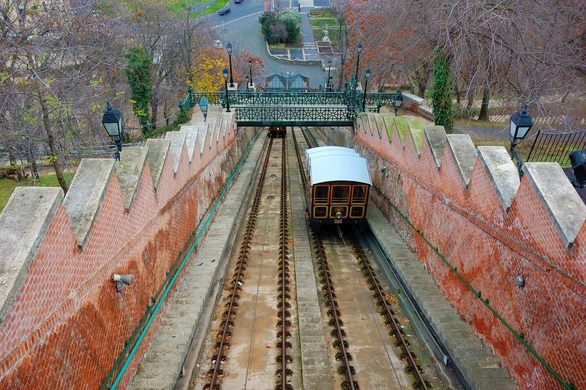












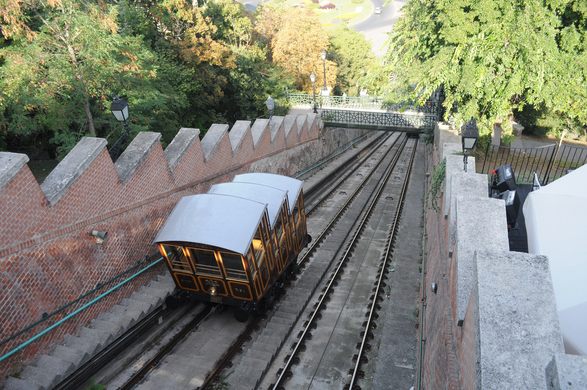

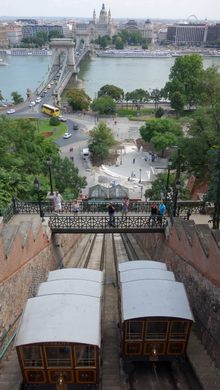
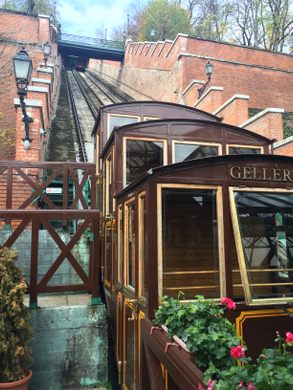




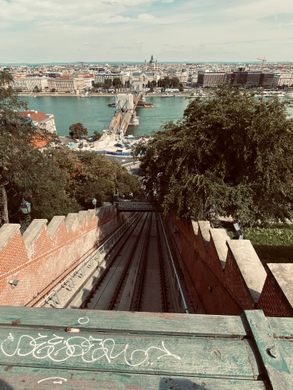


















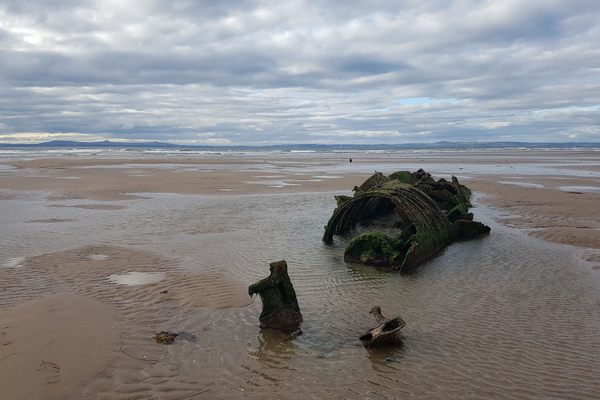




Follow us on Twitter to get the latest on the world's hidden wonders.
Like us on Facebook to get the latest on the world's hidden wonders.
Follow us on Twitter Like us on Facebook